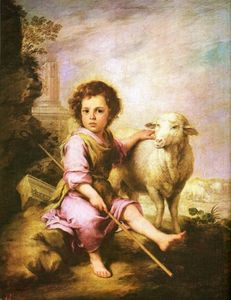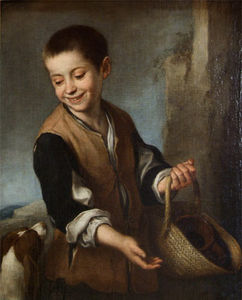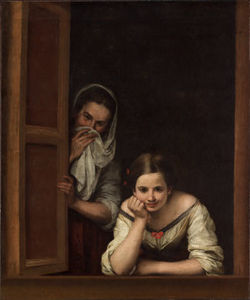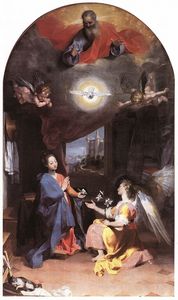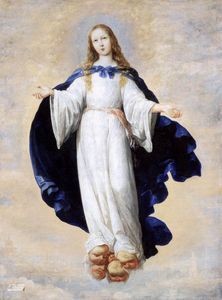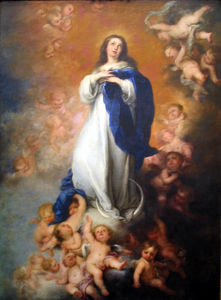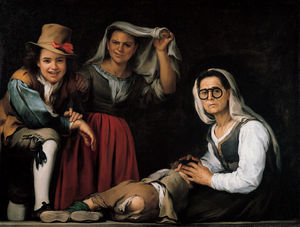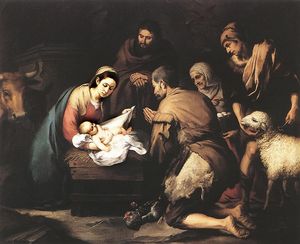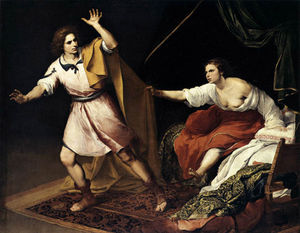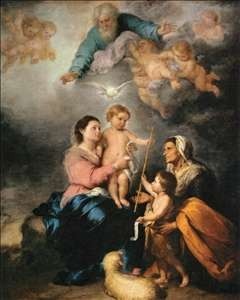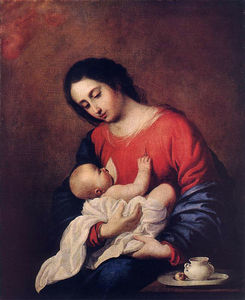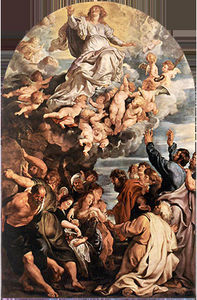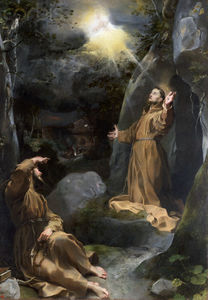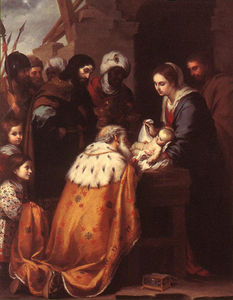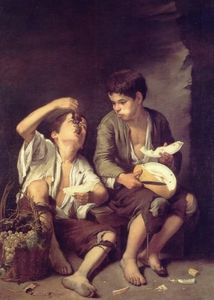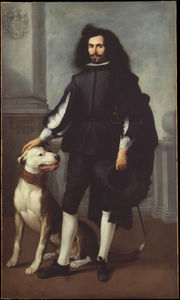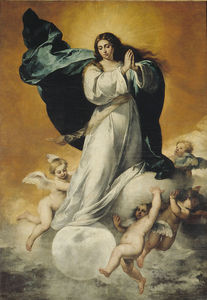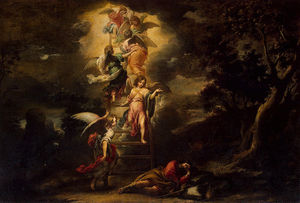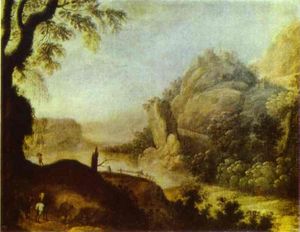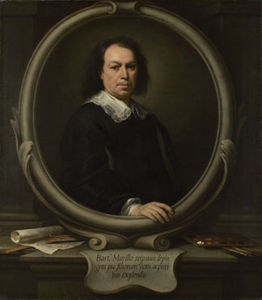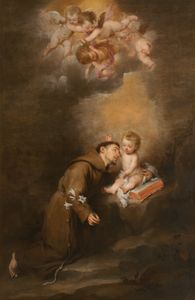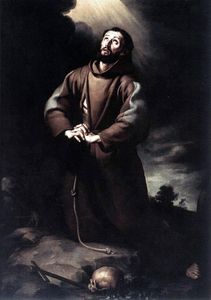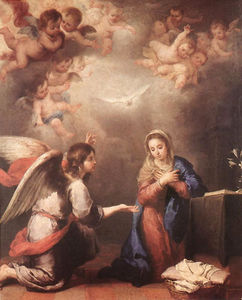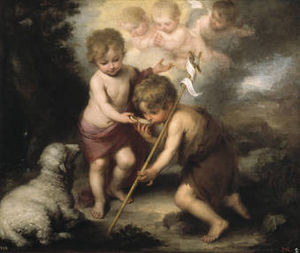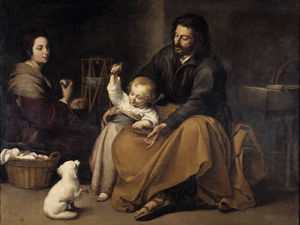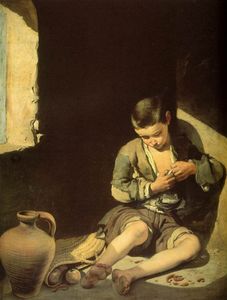Why is Pongal celebrated?
Pongal is a unique festival celebrated by Tamils for four days starting on the first day of Thai month.
This Pongal Festival is being celebrated by Tamils around the world (India, Sri Lanka, Malaysia, Singapore, European countries, North America, South Africa and Mauritius). The sunbathing is celebrated in thanksgiving to the God of the working people, Kathiravan and other lives.
History of Pongal
The Pongal festival is celebrated on the 1st day. The crops grown in the month of Adi will give good yield. Pongal pongal is the sole purpose of sharing the pongal pongal with milk, sugar / jaggery, ghee, cashews, grapes and cardamom.
 The Pongal brigade will mainly include turmeric, sugarcane, banana, tuber and vegetable varieties. It is also common to grind green rice with lentils without adding bran. Also, all Tamils eat vegetarian food.
The Pongal brigade will mainly include turmeric, sugarcane, banana, tuber and vegetable varieties. It is also common to grind green rice with lentils without adding bran. Also, all Tamils eat vegetarian food.
The Taipongal festival is considered by many to be the national festival of Tamils. Not only the Pongalai Hindus but also the Tamil Christians and Tamil Islamists enjoying a special treat with their families, makes the majority of Tamil Nadu feel.
Uzhavar Thirunal / Tiller Day
The Taipoongal Festival is considered as a festive day for all working people, thanks to the livestock and nature that helped them in their work. Taipongal is a four-day festival celebrated by Tamils around the world:
1. Bhogi Festival / Bogi Festival
Pokipandi is a festival celebrated by Tamils on the first day of Pongal, the last day of Makkali. It is customary to clean the house on a regular basis and to burn unnecessary old items. Old deductions and new entries are the go-to. People who are celebrating with a boutique insert the roof of their house.
2. Thai Pongal / Taipongal
Taipongal is celebrated on the first day of Tamanism. To this day, Tamils are also believed to have given birth to Thai.
3. Mattu Pongal / Cow Pongal
The cow is celebrated on the 2nd day of Tamil Nadu. Pongale Cow Pongale is a place where cattle are bathed and decorated. Thanksgiving for the "b" that is helpful for tillage is celebrated in every home where the cow is raised.

4. Kaanum Pongal / Pongal seen
Pongal Thai month is observed by Tamils (mainly in Tamil Nadu). People will share their love for their relatives at the home of their relatives.
We wish our spiritual readers and all the Tamils in the world a good day to have this rich day.
Pongal is a unique festival celebrated by Tamils for four days starting on the first day of Thai month.
This Pongal Festival is being celebrated by Tamils around the world (India, Sri Lanka, Malaysia, Singapore, European countries, North America, South Africa and Mauritius). The sunbathing is celebrated in thanksgiving to the God of the working people, Kathiravan and other lives.
History of Pongal
The Pongal festival is celebrated on the 1st day. The crops grown in the month of Adi will give good yield. Pongal pongal is the sole purpose of sharing the pongal pongal with milk, sugar / jaggery, ghee, cashews, grapes and cardamom.
 The Pongal brigade will mainly include turmeric, sugarcane, banana, tuber and vegetable varieties. It is also common to grind green rice with lentils without adding bran. Also, all Tamils eat vegetarian food.
The Pongal brigade will mainly include turmeric, sugarcane, banana, tuber and vegetable varieties. It is also common to grind green rice with lentils without adding bran. Also, all Tamils eat vegetarian food.The Taipongal festival is considered by many to be the national festival of Tamils. Not only the Pongalai Hindus but also the Tamil Christians and Tamil Islamists enjoying a special treat with their families, makes the majority of Tamil Nadu feel.
Uzhavar Thirunal / Tiller Day
The Taipoongal Festival is considered as a festive day for all working people, thanks to the livestock and nature that helped them in their work. Taipongal is a four-day festival celebrated by Tamils around the world:
1. Bhogi Festival / Bogi Festival
Pokipandi is a festival celebrated by Tamils on the first day of Pongal, the last day of Makkali. It is customary to clean the house on a regular basis and to burn unnecessary old items. Old deductions and new entries are the go-to. People who are celebrating with a boutique insert the roof of their house.
2. Thai Pongal / Taipongal
Taipongal is celebrated on the first day of Tamanism. To this day, Tamils are also believed to have given birth to Thai.
3. Mattu Pongal / Cow Pongal
The cow is celebrated on the 2nd day of Tamil Nadu. Pongale Cow Pongale is a place where cattle are bathed and decorated. Thanksgiving for the "b" that is helpful for tillage is celebrated in every home where the cow is raised.

4. Kaanum Pongal / Pongal seen
Pongal Thai month is observed by Tamils (mainly in Tamil Nadu). People will share their love for their relatives at the home of their relatives.
We wish our spiritual readers and all the Tamils in the world a good day to have this rich day.



